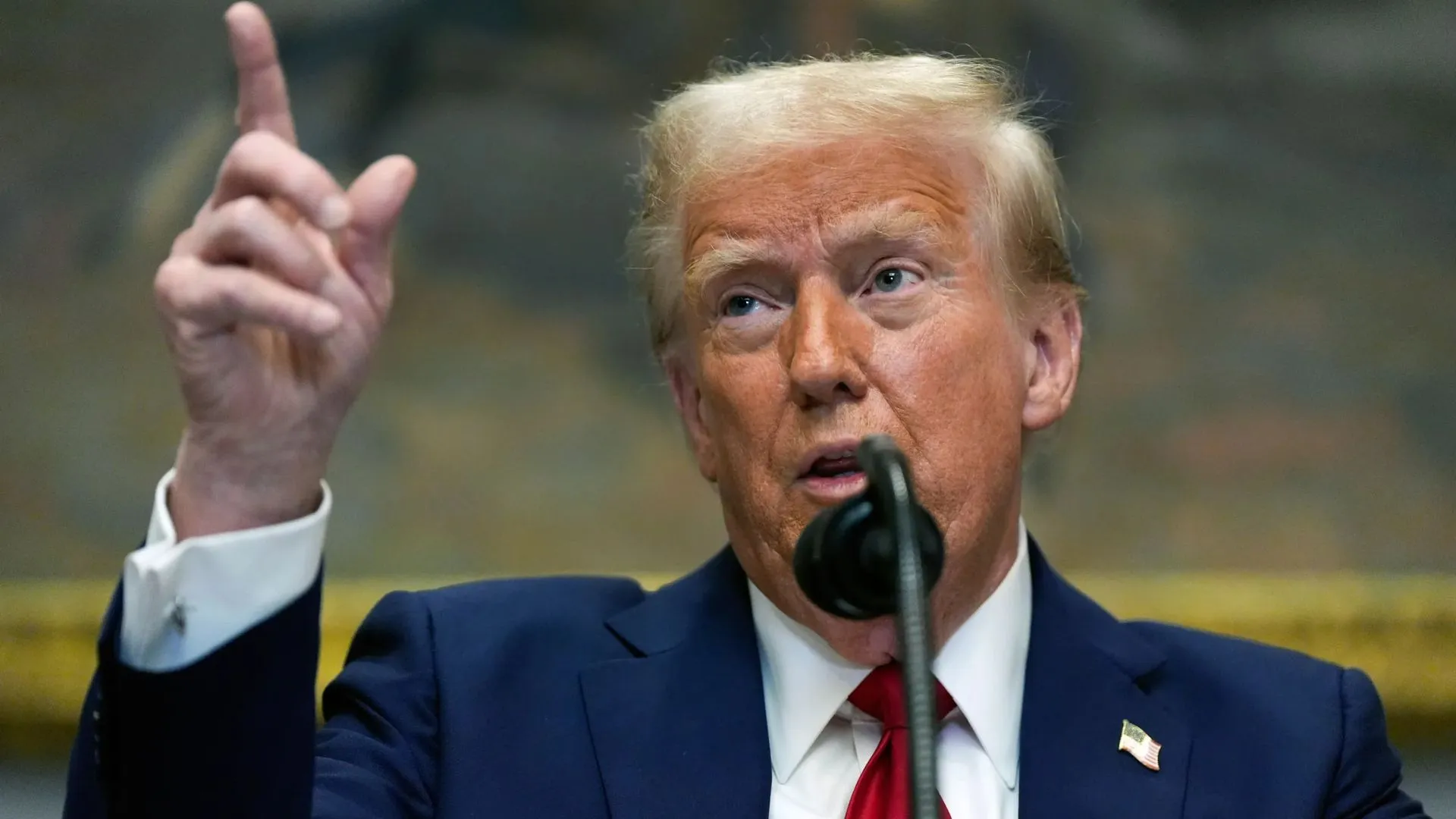The Trump administration on Tuesday launched mass layoffs, eliminating 10,000 jobs at major U.S. health agencies. Workers from the Food and Drug Administration (FDA), Centers for Disease Control and Prevention (CDC), and National Institutes of Health (NIH) were among those hit. Security officers prevented some employees from entering their offices just hours after receiving layoff notices.
Layoffs Tied to Government Shrinking Plan
The layoffs are part of an overall push by President Donald Trump and billionaire Elon Musk to cut federal government expenditures. Health Secretary Robert F. Kennedy Jr. asserted that the layoff is necessary to rationalize what he termed a bloated bureaucracy.
Experts Warn of Public Health Risks
The layoffs have caused grave concerns as they involve leading scientists conducting research on public health, cancer research, and vaccine approvals. These experts have cautioned that the layoffs could leave the U.S. short-handed in its efforts to respond to health emergencies, including the current measles epidemic and transmission of bird flu.
Among the personnel impacted was Peter Stein, head of the FDA’s Office of New Drugs, who resigned instead of being fired. Brian King, director of the FDA’s Center for Tobacco Products, was dismissed, as was Peter Marks, a highly regarded vaccine official.
With critical staff lost, some employees who are screening health products have reported having trouble meeting important deadlines.
Former FDA Commissioner Calls It a ‘Huge Mistake’
Former FDA Commissioner Robert Califf expressed alarm over the situation, writing on LinkedIn:
The FDA as we’ve known it is finished, as the agency has removed most leaders who possessed institutional knowledge and a deep understanding of product development and safety
He went on to say, “I think that history will judge this as a gigantic blunder. It will be fascinating to hear from the new leadership how they intend to reassemble ‘Humpty Dumpty’.”
Employees Denied Access at Security Gates
A chaotic scene unfolded as laid-off employees attempted to access their workplaces. At FDA headquarters, staff had to present their badges, only to be handed tickets and told to return home. Many waited in long lines, uncertain about their fate.
A ticket seen by Reuters listed phone numbers for 10 different departments, instructing employees on how to retrieve their “essential” equipment.
Seventeen staff members from the FDA press office were among those who were let go, and Chief Information Officer Vid Desai was also terminated.
Tobacco and Drug Regulation Units Hard Hit
The cuts hit hard at the FDA’s Center for Tobacco Products, with whole offices in the management and regulatory divisions being closed. Former center director Mitch Zeller cautioned:
“I think that this makes it virtually impossible for CTP to regulate tobacco products.”
CDC and NIH Also Take Hit
Traffic jammed the entrance roads to the National Institutes of Health (NIH) campus in Bethesda, Maryland, as workers arrived only to discover that the organization had let them go.
The CDC also experienced significant layoffs, including staff working in the National Center for Environmental Health, the National Center for Immunization and Respiratory Diseases, and the Substance Abuse and Mental Health Services Administration. At least one staff member who took part in the federal response to the measles outbreak was among the fired.
Kevin Griffis, who quit as CDC Director of Communications on March 21, pointed out the scale of the cuts:
“HHS touches the lives of nearly every American, and a reorganization and downsizing of this magnitude would normally take months on months of effort.”
HHS Offices Overwhelmed
At the Health and Human Services (HHS) headquarters in Rockville, Maryland, the impact of the layoffs was visible to everyone. The entrance line, which received employees from several agencies, spilled out into the parking lot, and only two security personnel were processing employees to get inside.
HHS spokesmen were not available for comment, and as a result, the ultimate effect of the mass layoffs remains unclear. However, experts caution that, given the extreme slashing of personnel, there is a strong potential to cripple critical public health programs.




















